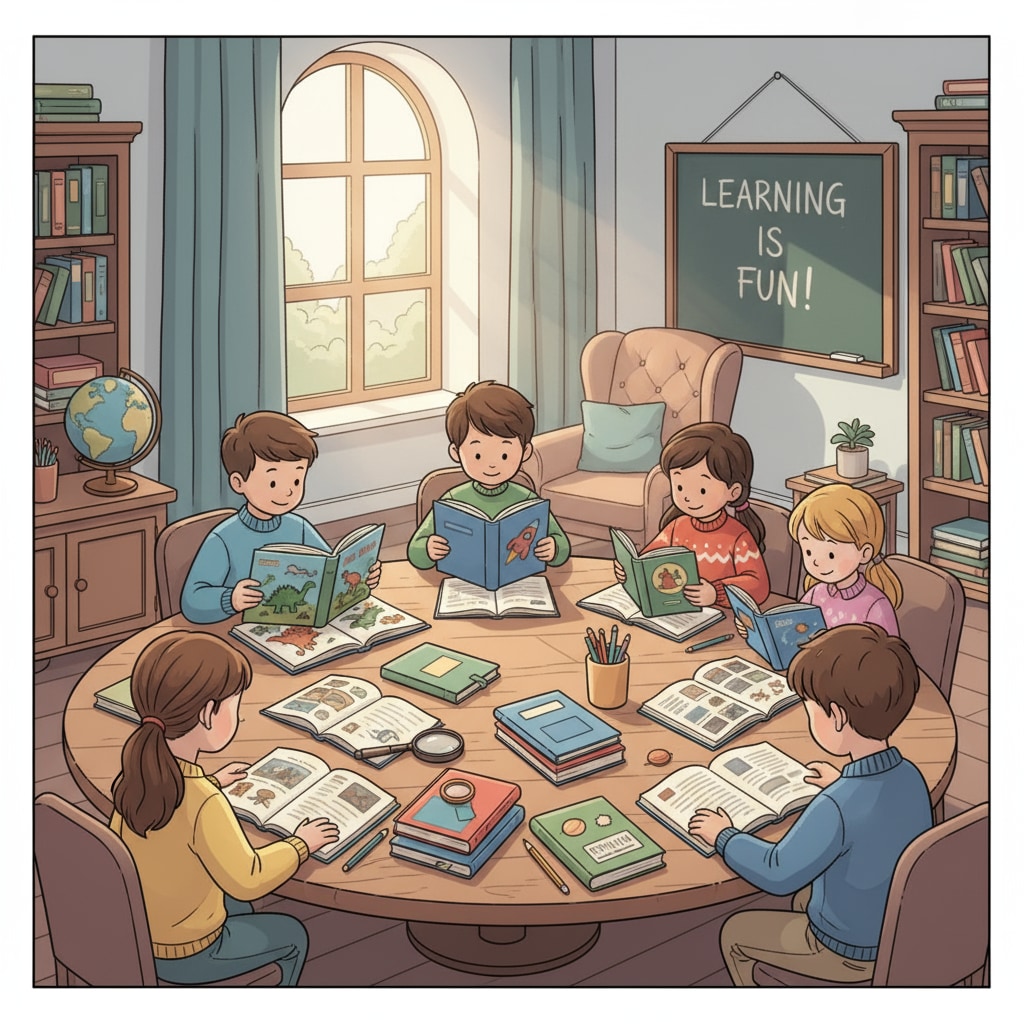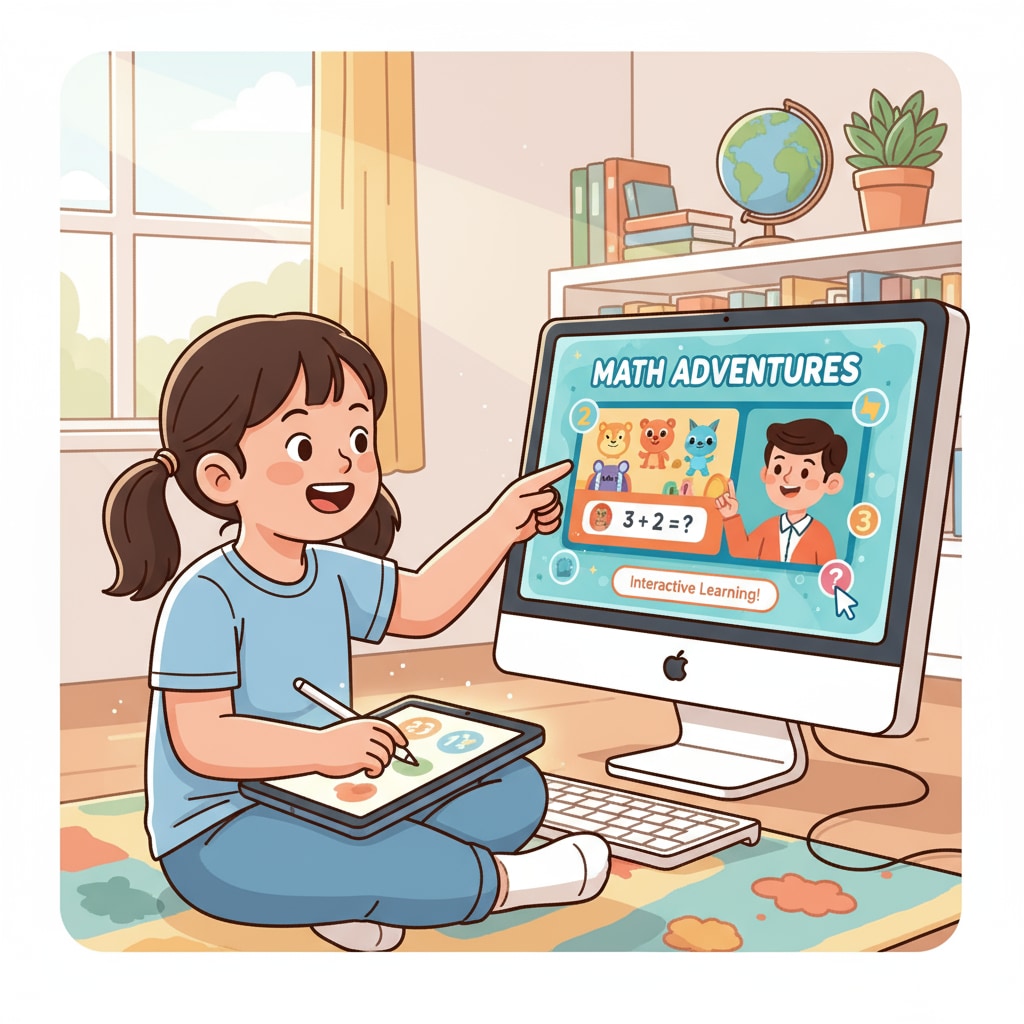Family education, academic resources, and educational arrangements play a crucial role in a child’s growth. In this article, we will explore five academic resource treasures in family education and how to use them to create a learning ecosystem for children.

Online Educational Platforms: A Wealth of Knowledge
Online educational platforms have become an essential resource in modern family education. Websites like Khan Academy offer a wide range of courses for students of all ages. From math and science to art and history, these platforms provide in-depth learning materials. Parents can schedule a specific time each week, say two to three hours, for their children to explore relevant courses. For example, on weekends, children can spend an hour on math courses and another hour on a subject they are interested in, such as astronomy. This not only enriches their knowledge but also develops their self-directed learning ability.

Educational Apps: Learning on the Go
Educational apps are convenient tools that can be used anytime, anywhere. Apps like Duolingo for language learning and ABCmouse for early childhood education are very popular. Parents can incorporate these apps into their children’s daily routines. For instance, in the morning, children can spend 15 – 20 minutes on language learning apps while having breakfast. During short breaks in the afternoon, they can use educational games apps to relax and learn at the same time. This way, learning becomes a part of their daily lives, enhancing their learning enthusiasm.
Library Resources: A Haven of Information
Local libraries are often overlooked but are extremely valuable academic resources. Libraries are filled with books, magazines, and even digital resources. Parents can take their children to the library once a week. During this visit, children can browse through different types of books, pick out the ones they like, and borrow them to read at home. This exposure to a variety of materials helps children develop reading habits and broadens their horizons. Additionally, many libraries also organize reading clubs and educational activities, which children can participate in to enhance their learning experience.
Educational Documentaries: Learning Through Visuals
Educational documentaries are a great way to engage children in learning. Platforms like Netflix offer a vast collection of documentaries on various topics, from nature and history to space and technology. Parents can schedule a documentary-watching session once a week, perhaps on Sunday evenings. After watching, they can encourage children to discuss what they have learned, which helps deepen their understanding and critical thinking skills.
Community Learning Programs: Social and Educational Interaction
Community learning programs provide opportunities for children to interact with their peers and learn in a social setting. These programs can include art workshops, science clubs, or sports training. Parents can sign their children up for relevant programs according to their interests. For example, if a child is interested in painting, they can join an art workshop on weekends. This not only enriches their learning experience but also helps them develop social skills.
Readability guidance: By leveraging these five academic resources and making reasonable educational arrangements, parents can create a rich and dynamic learning ecosystem for their children. Each resource has its unique features and can be integrated into the family education routine in different ways. Remember to use short paragraphs and lists to summarize key points, control the proportion of passive voice and long sentences, and add transition words like however, therefore, in addition, for example, and as a result throughout the article to make it more coherent.


